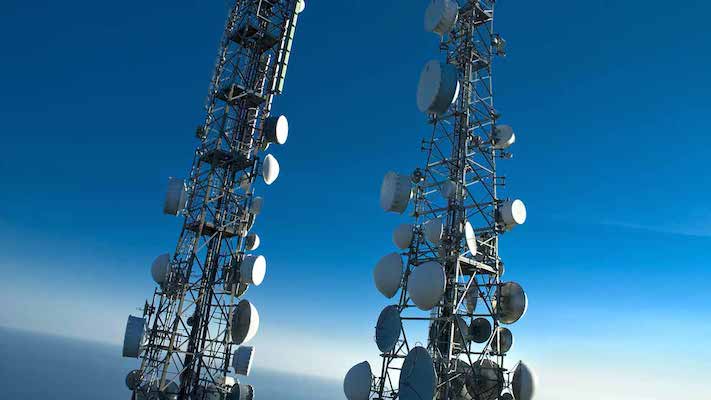Nigerian telecoms to phase out 3G as rural LTE speeds surge to 15 Mbps
Nigeria’s telecom industry is entering a pivotal transition phase with major operators preparing to wind down 3G services.
3G, which was once a technology that extended mobile broadband beyond the reach of 2G but its spectral efficiency, capacity, and future headroom are limited and now it is being phased out by operators.
The latest NCC/Ookla report shows rural median download speeds have nearly doubled in less than a year, from ~7.5 Mbps in January 2025 to ~15 Mbps by September 2025.
Read also: Beyond coverage: Future-proofing Nigeria’s telecoms industry
The NCC, in past planning documents, has flagged the need to “begin to consider regulatory and industrial requirements aimed at shutting down lower technologies such as 2G and possibly 3G.”
The NCC is already pushing for more transparency in network performance reporting as the regulator is preparing a new five-year spectrum roadmap to optimise resource allocation.
Sources indicate that Nigeria’s mobile network operators are accelerating the decommissioning of their 3G infrastructure, citing declining usage, high maintenance costs, and the need to reallocate spectrum and resources toward faster 4G and future 5G networks.
The move to retire 3G in favor of LTE and eventually 5G represents an evolution in Nigeria’s telecom landscape and for rural communities, the emergence of 15 Mbps LTE speeds signals that meaningful progress is being made in bridging connectivity gaps.
Industry insiders suggest the shutdown of 3G systems could take place in stages throughout 2025.
An example is MTN Nigeria which has reportedly communicated plans to fully discontinue 3G operations by December 2025, aligning with similar moves in other markets to sunset legacy networks.
The transition is part of a broader global trend. GSMA notes that in Africa, the share of connections relying on 2G and 3G has been steadily declining, confirming that operators are shifting investment toward LTE and next-generation technologies.
At the same time, rural users are beginning to experience significant improvements in mobile broadband access.
Read also: Privatisation: Telecoms’ $76bn investment yet to connect millions
Reports suggest that in some underserved regions, LTE download speeds have jumped to as high as 15 Mbps, offering a much-needed upgrade over the limited performance of legacy 3G networks. This speed enhancement is largely attributed to network densification, better backhaul capacity, and more efficient use of underutilised spectrum freed up by the 3G wind-down.
Rural users previously constrained by patchy or slow 3G access are now seeing more consistent connectivity that supports basic video streaming, education, telemedicine, and small business activity.

